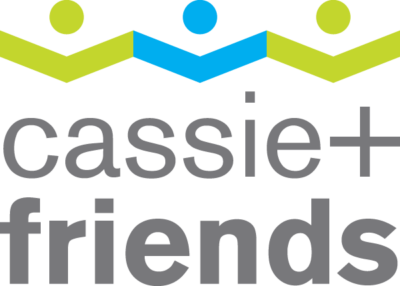“Imagine that your 4-year-old wakes up and cannot move. And every basic function has their body locked down in paralysis… As a parent—what is going through your mind?”
Click the link below to learn how the Matzke-French family from our pediatric rheumatology patient community found a way they could help prevent other families and kids from suffering through a practice called biobanking. This article titled, “Participating in Pediatric Biobanking as a Researcher, Parent, and Advocate: Would I Say Yes?” was originally published from BIOPRESERVATION AND BIOBANKING, Volume 19.
We hope all parents will read this as an important way we can ALL help move faster to the pain-free future for kids we desire!
To learn more about Biobanking see below.
1. What is a biobank?
A biobank is a collection of biological samples such as blood and health information.
2. How does the BioBank help scientist’s research childhood diseases?
The BioBank allows researchers to access a collection of samples to help them understand a disease with the aim of improving treatments for people who have the disease.
3. How does the BioBank store samples?
Samples are stored and preserved in freezers in the BioBank facility. Each sample has a specific code so that it can be easily located. Similar samples (e.g. samples affected with same disease) will be stored and processed similarly in the BioBank. This is important because it allows for a controlled research environment when scientists are comparing samples.
Source: BC Children’s Hospital BioBank










Leave A Comment